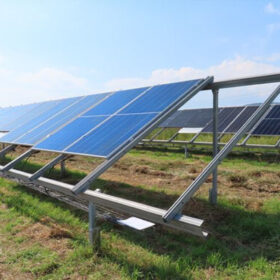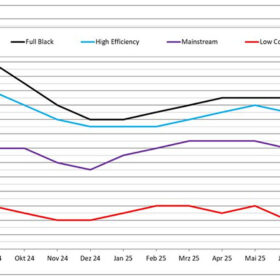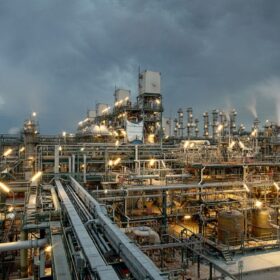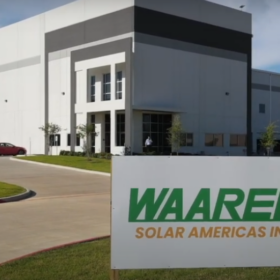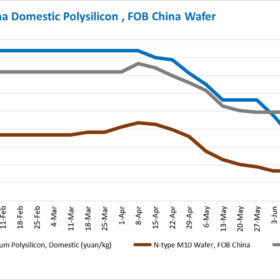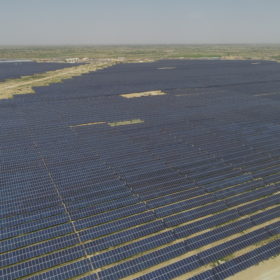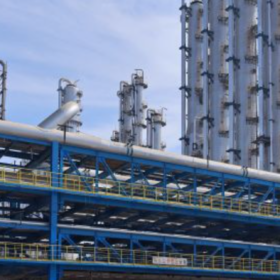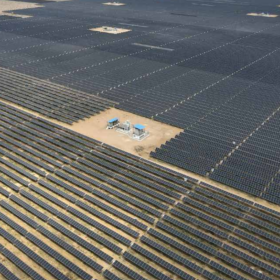Sunbolt introduces pre-assembled solar ‘backyarder’ kit
The kit includes two 50 W solar panels, a 400 W inverter, and two batteries and powers devices directly with 120V GFCI ports and USB ports.
Combined indoor, outdoor testing shows sensitivity to moisture in TOPCon PV modules
Researchers at the Fraunhofer ISE have combined indoor and outdoor testing to understand and quantify degradation processes in TOPCon solar panels. The novel methodology is intended to provide data for validating and improving stress laboratory protocols.
Agrivoltaic shading, full-sun fields gives farmers the power to pivot
Research conducted at the oldest agrivoltaic research site in the United States found year-to-year weather variability impacts agrivoltaic crop production, emphasizing the importance in conducting studies across multiple years.
Solar module prices on a clear downward trend
PV module prices have fallen by around 5% to 8% across all technology classes in recent weeks. says Martin Schachinger, the founder of pvXchange.com. This means that prices are moving strongly back toward the level we saw at the beginning of the year, which can only be described as unhealthy for module producers.
Solex Energy launches n-type solar modules with over 23% efficiency
Solex has introduced two new n-type solar modules tailored for Rajasthan’s extreme climate conditions and high-irradiance zones.
Construction begins on 10,000 MT polysilicon factory in Malaysia
Japanese chemical company Tokuyama Corporation and South Korea-based polysilicon producer OCI have begun construction of a 10,000 metric tons polysilicon factory in Malaysia.
Waaree Solar Americas secures 500 MW PV module order
Waaree Solar Americas has secured the order from a US developer to supply 500 MW of solar modules.
Reliance to begin solar cell production in Q3
Reliance Industries Ltd (RIL) is set to commission its solar cell manufacturing facility in the next quarter, achieving a significant milestone in its goal of building a fully integrated solar manufacturing value chain in Jamnagar, Gujarat.
China’s upstream solar market signals strong price gains amid government intervention
In a new weekly update for pv magazine, OPIS, a Dow Jones company, provides a quick look at the main price trends in the global PV industry.
India needs to invest $1.5 trillion by 2030 for climate action at scale: Deloitte report
The report highlights significant investment opportunities across renewable energy (solar, wind, hydro), bio-energy, energy storage solutions, green hydrogen and its derivatives, sustainable transport infrastructure, digital systems and platforms for climate action, sustainable agriculture, and circular economy and waste management.

